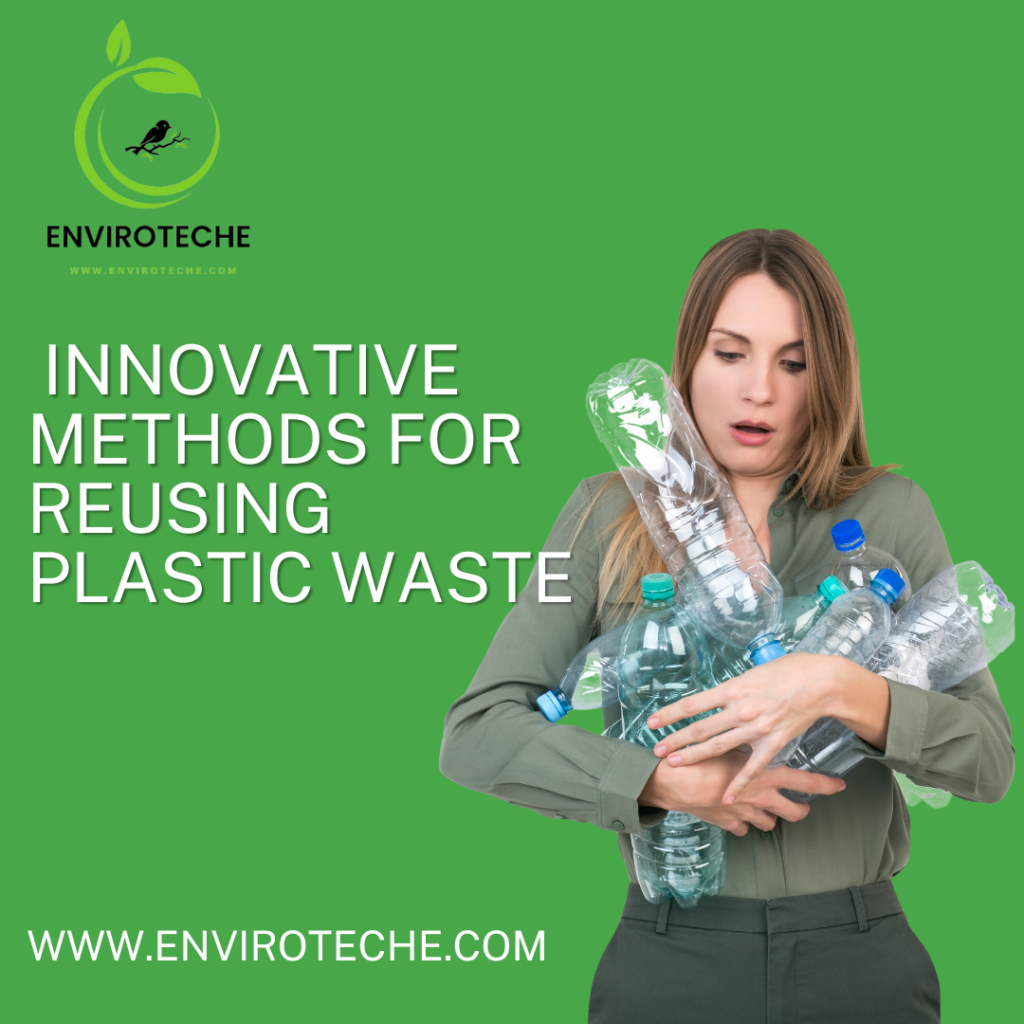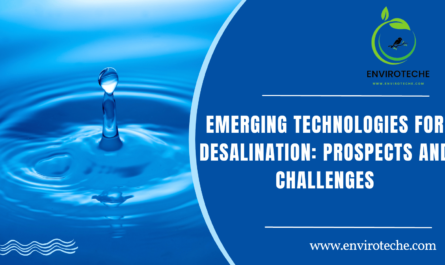
Eram Shahzad1
1Department of Environmental Sciences, Government College University Faisalabad
Introduction
Simple and effective habits like prohibiting single-use plastic items such as straws, cutlery, etc., segregating plastic waste from wet waste, disposing of it properly, handling the waste for recycling, etc. can make a huge impact followed by every individual. But now in the running era and in the future we also need some ways through which we can reuse or eliminate plastic. Now there is no technology yet to eliminate the presence of plastic because it is very difficult to biodegrade and it takes about billions of years to decompose a micro-plastic. Therefore we can adopt some ways to reuse or recycle plastic rather than synthesizing more new plastic (especially single-use plastic items).
We’ll look at the most exciting and successful methods for recycling plastic garbage in this blog post.
Properties of plastic:
Before going to the use and reuse of plastics, it’s important to know some physical properties of plastic given below:-
- It is resistant to corrosion
- It can be translucent, transparent, and opaque
- It’s a poor conductor of heat and electricity (this property can give a vast use of plastic)
- It has a lower density than water due to which it floats on water
- It is easily malleable
- It can reduce friction
Uses and Reuses of Plastics:-
Upcycling Plastic into Building Materials
Making construction materials out of plastic garbage is an amazing use for it. Plastic garbage can be compressed and molded to create sturdy bricks, blocks, or panels that are appropriate for use in buildings. These materials are a great substitute for conventional building materials since they are robust, lightweight, and reasonably priced. Utilizing plastic waste in construction also keeps plastic out of landfills and lowers the need for new materials.
Plastic Waste as Filament for 3D Printing
There are now countless opportunities for recycling plastic trash thanks to the development of 3D printing technology. Plastic waste can be converted into filament by melting and extruding it, which can then be utilized as a printing material. The use of recycled plastic in this method makes it possible to produce a variety of items, prototypes, and even replacement parts, which decreases the demand for fresh plastic filament.
Plastic Waste for Road Construction
On our roadways, plastic trash can also be given a second chance. To make a more resilient and environmentally friendly road surface, several nations have experimented with combining bitumen and shreds of plastic garbage. By boosting resistance to wear and strain, this creative technique not only offers a solution for the management of plastic trash but also enhances road quality. In addition, using plastic waste in place of bitumen derived from fossil fuels reduces bitumen use.
Plastic Waste as Synthetic Wood
Traditional wood products strain natural resources and lead to deforestation. But plastic waste can be converted into synthetic wood, providing a more environmentally responsible option. Sturdy and easy to maintain synthetic wood products may be made by mixing plastic waste with additional elements like sawdust or agricultural waste. Numerous uses for these materials exist, such as furniture, decking, and outside buildings.
Plastic Waste-Based Textiles
The environmental effects of the fashion business are well known. However, scientists are looking for novel approaches to turn plastic trash into textiles. Sustainable clothing and accessories can be created by turning plastic bottles or other types of plastic into fibers, textiles, and yarns. This strategy encourages a circular economy in the fashion sector, lowers waste output, and lessens reliance on non-renewable resources.
Plastic bottle filtration plant
Cut a plastic bottle in half, put the bottom area of the bottle below, and fill the upper half bottle with soil that does not seep down and helps in holding waste and filtering the water when passing through it.
Convert concrete filling to plastic filling
First of all, collect some plastic bottles, turn them into granules by crushing plastic waste in a granulator, then add them in a machine along with some water content and now it will convert into a dough-like texture, this texture can help us in filling where concrete is being used in filling the pillars and other places on construction sites. This way it will help in reusing plastic and also reduce waste generated from the extra concrete filling mixture.
Composting
Larger containers can be used as natural organic composting sites. Put some peels offs of vegetables and fruit which are high in organic ratio and then add a layer of yellow fallen leaves which contains a higher amount of nitrogen content. Repeat these layers many times and then on the top if it adds a layer of soil. This will help in manufacturing natural fertilizer and plastic will be used as a site of compositing.
PVC pipes
PVC pipes when are not in use can be made usable by cutting them in long strips in their orbital circumference strip form can help in making baskets. It can also help us in making umbrellas, knitting the strips together in a mosaic manner, and then adding a layer of polythene bag or any sheet, which can protect us from bad rainy weather as well as from day-by-day increasing plastic pollution.
Plastic bottle in the garage
Separate plastic bottles can be used in the garage or store room for keeping tiny nails and tools, separate and safe.
Bottle top Bag sealer
For keeping grains and pulses safe and wet-free in reduced usage of polythene bags, we can use a plastic bottle cap as the lid of the polythene bag covering grains and pulses. This bottle top sealer can help in reducing the use of polythene and the use extra bottle cap waste. This is the domestic-level reuse of plastic.
Plastic Shelters
Malleable Plastic can also be used in making rain shelters in public places.
Waterproof glue
As we know plastic is waterproof. We can melt thermoplastic and can use it to stick two things in a place where water is being used.
Floating material
Plastic density is low so it floats over water, therefore, we can use plastics to make transportation easy in small water bodies by making boats of plastic brick (collect all the wrappers in a bottle as much as you can.)
Conclusion:
The creation of creative reuse techniques is essential to the effective handling of plastic trash, which necessitates a complex strategy. We can lessen the impact that plastic pollution has on the environment by looking into other uses for plastic trash. The examples shown in this blog article serve as only a small sampling of the numerous and interesting opportunities for recycling plastic waste. We may look forward to a time when plastic trash turns into a useful resource instead of a worldwide threat as technology develops and awareness rises.
Read Other Scientific Information:

